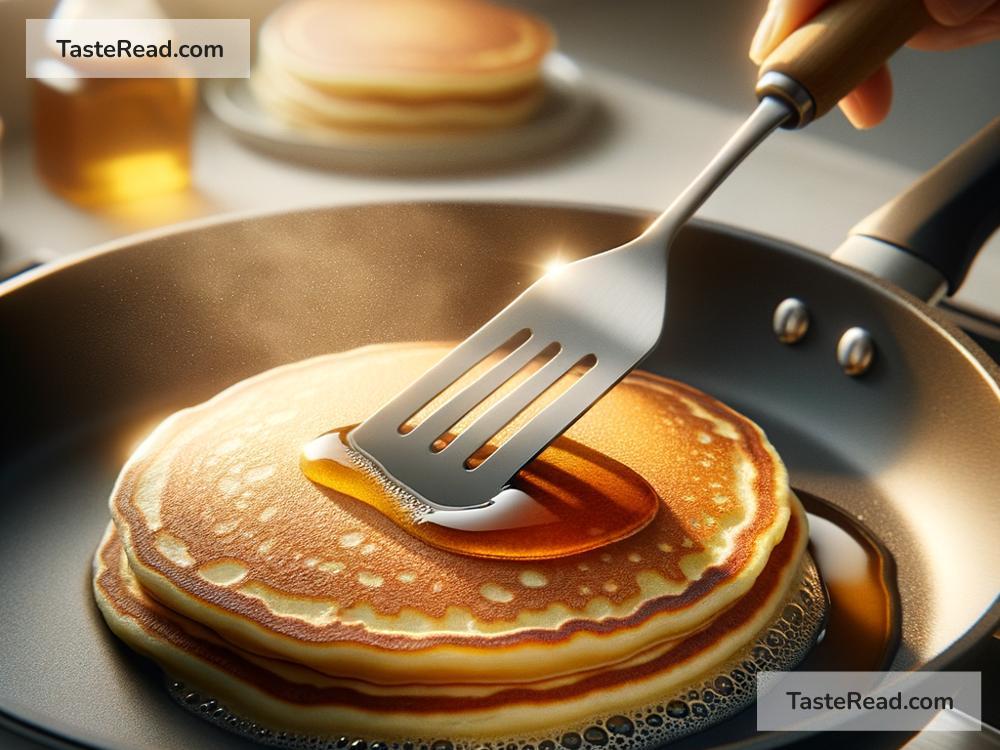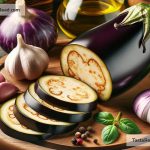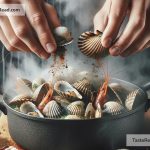How to Perfectly Cook Pancakes Without Burning Them
There’s something universally comforting about pancakes. Whether you’re having a lazy Sunday morning or need a pick-me-up breakfast to start your day, pancakes never disappoint. However, the line between a perfectly golden-brown pancake and a charred disappointment can be thin. But fear not! Here’s how you can achieve pancake perfection every time without burning them.
1. Start With the Right Batter
The journey to the perfect pancake starts with the batter. Whether you’re making it from scratch or using a pre-made mix, the consistency is key. Your batter should be smooth but not runny. Think thick but pourable – it should easily spread on the pan but not run all over the place. If your batter is too thin, add a bit more flour; if too thick, a splash of milk will do the trick.
2. Let the Batter Rest
This step is often overlooked but crucial. Letting the batter sit for about 5-10 minutes allows the flour to absorb the liquid, leading to fluffier pancakes. While you wait, you can get your pan or griddle ready.
3. Choose the Right Pan
The ideal pan for pancakes is a flat, non-stick griddle or skillet. These pans distribute heat evenly, greatly reducing the chance of uneven cooking or, worse, burning. Ensure your pan is at the right temperature before pouring your batter – too hot, and your pancakes will burn; too cold, and they won’t cook properly.
4. Temperature is Key
Finding the sweet spot for your cooking temperature is essential. You’re aiming for a medium-low heat. If you’re using an electric stove, setting it around 3 or 4 (out of 10) usually works great. For gas stoves, a low to medium flame is your friend. A good test is to splash a few drops of water onto the pan. If they dance around before evaporating, your pan is ready.
5. Use Oil or Butter Wisely
While a non-stick pan can reduce the need for oil or butter, a little bit is still recommended to ensure your pancake doesn’t stick and to give it that lovely, crispy edge. The trick is not to overdo it. Too much oil or butter can lead to frying the pancakes, which increases the risk of burning. A light coating using a paper towel or a quick spray of cooking oil is just enough.
6. Watch for Bubbles
Pour your batter onto the griddle and watch for the magic to happen. The top of your pancake will start to show little bubbles after a minute or two. This is a sign that your pancake is ready to flip. The bubbles indicate that the batter is cooking through and releasing air. No peeking underneath before you see a decent amount of bubbles, though!
7. Flip Gently
Once you see bubbles across the entire surface, it’s time to flip. Slide your spatula under the pancake and gently turn it over. If the bottom is a golden brown, you’re on the right track. The second side usually cooks faster, so keep an eye on it.
8. Keep Them Warm
If you’re cooking pancakes for a crowd, keeping them warm while you finish cooking is a smart move. Preheat your oven to a low level (around 200°F or 90°C) and place your cooked pancakes on a baking sheet in the oven. This keeps them warm without drying out or burning.
9. Serve Immediately
Pancakes are best enjoyed fresh off the griddle. Serve them with your favorite toppings like maple syrup, fresh fruits, or a dollop of whipped cream.
10. Practice Makes Perfect
Don’t be discouraged if your first few pancakes aren’t perfect. Pancake mastery comes with practice. Each batter and stove can be a little different, so feel free to adjust the flame, the batter thickness, or cooking time as needed.
In conclusion, perfectly cooked pancakes are within your reach. With a good batter, the right tools, and a little patience, you can enjoy golden, fluffy pancakes without the burn. Remember, a great pancake is a joy forever, so happy cooking!


